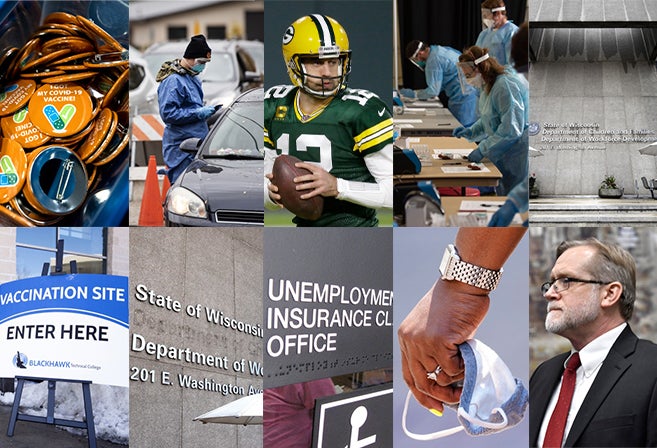The year 2020 was a journey, and 2021 turned out to be no different.
This past year, many of us hoped we could put the pandemic behind us. Now, some are asking: “When is it really going to be over?”
We don’t have an answer to that question, but we can reflect on some really amazing moments that lifted our spirits — like frontline health care workers getting an additional layer of protection with a vaccine, and then vaccines being available to those most vulnerable and people 16 and up, then other teenagers and now younger children showing how brave they are by rolling up their sleeves.
Stay informed on the latest news
Sign up for WPR’s email newsletter.
But these aren’t the most popular stories of Wisconsin Public Radio this year. Those are just stories that were glimmers of hope or, in a way, a sigh of relief, for some of us at WPR.
This year, our most-read stories were about the legality of vaccine and mask mandates, the status of unemployment compensation, COVID-19 symptoms and the trial of Kyle Rittenhouse — the man acquitted of all charges tied to his shooting of three people and killing two during police protests in Kenosha last year.
Worth noting are two stories that weren’t written in 2021 but proved to still be incredibly helpful and popular among readers. These stories come from WPR’s WHYsconsin, a project devoted to answering questions you send us. While there has been progress since the start of the COVID-19 pandemic with the development of vaccines, and a deeper understanding of treatments and how to mitigate the spread of the virus, there are still thousands of people testing positive for COVID-19 each day — and people still need information on what to do when that happens.
So, while cases continue to be at a threshold concerning to health officials and with hospitals near capacity, here are two stories many of you have turned to for help:
- What to do if someone in your house is asked to quarantine or tests positive
- What to do if someone in your household tests positive for COVID-19. Expert answers your questions.
Here’s a list of some of the most popular stories of the year, calculated using Google Analytics data from Jan. 1, 2021 to Dec. 17, 2021.
1. What does the law actually say about vaccine mandates?
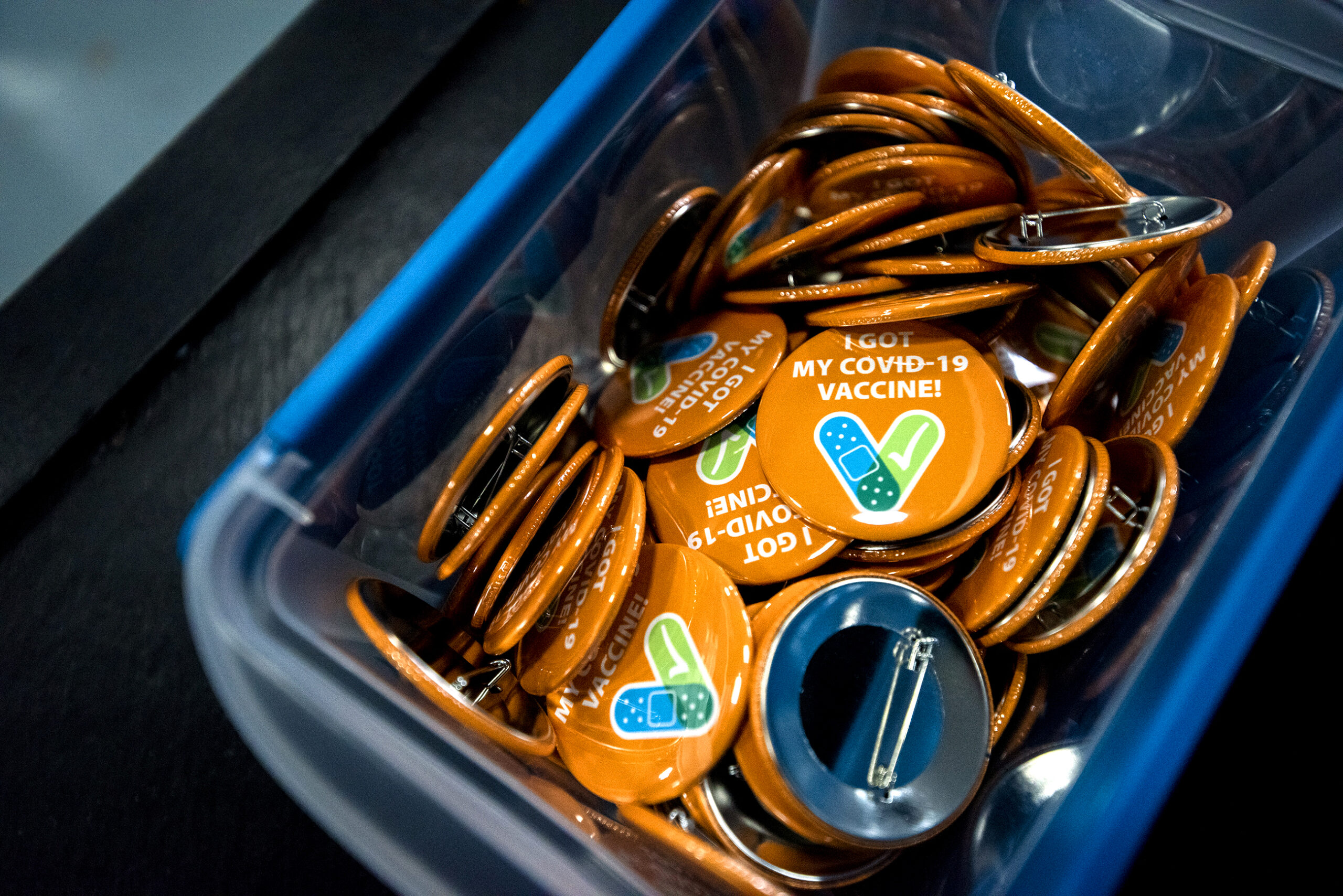
This summer, as talks of COVID-19 vaccine mandates began to circulate among federal and state governments, municipalities and businesses, Republicans in the state Legislature began seeking legal protections for people who choose not to be vaccinated.
Lawmakers looked to anti-discrimination laws — such as those used to protect race, gender and religion — for the unvaccinated, but others said not getting vaccinated is a personal choice and shouldn’t be a protected status.
Arizona State University law professor James Hodge agreed, telling Rob Ferrett on WPR’s “Central Time,” “You’re only going to have preventable deaths and morbidity related to it … It’s a horrendous outcome, and it’s totally due to that level of protection for persons who just don’t want to have to take the vaccine.”
Hodge cleared up the confusion about the legality of vaccine mandates in this most-read, explainer-style story.
“States are setting vaccine mandates and private employers are doing the same because they can, legally,” he said. “Now, how far can we go with that? Very far. The U.S. Supreme Court has even affirmed that we can set vaccine mandates at the state or local level. So right now, we have Supreme Court precedents allowing that to occur.”
2. How Long Do You Need To Quarantine If Household Members Test Positive At Various Times?
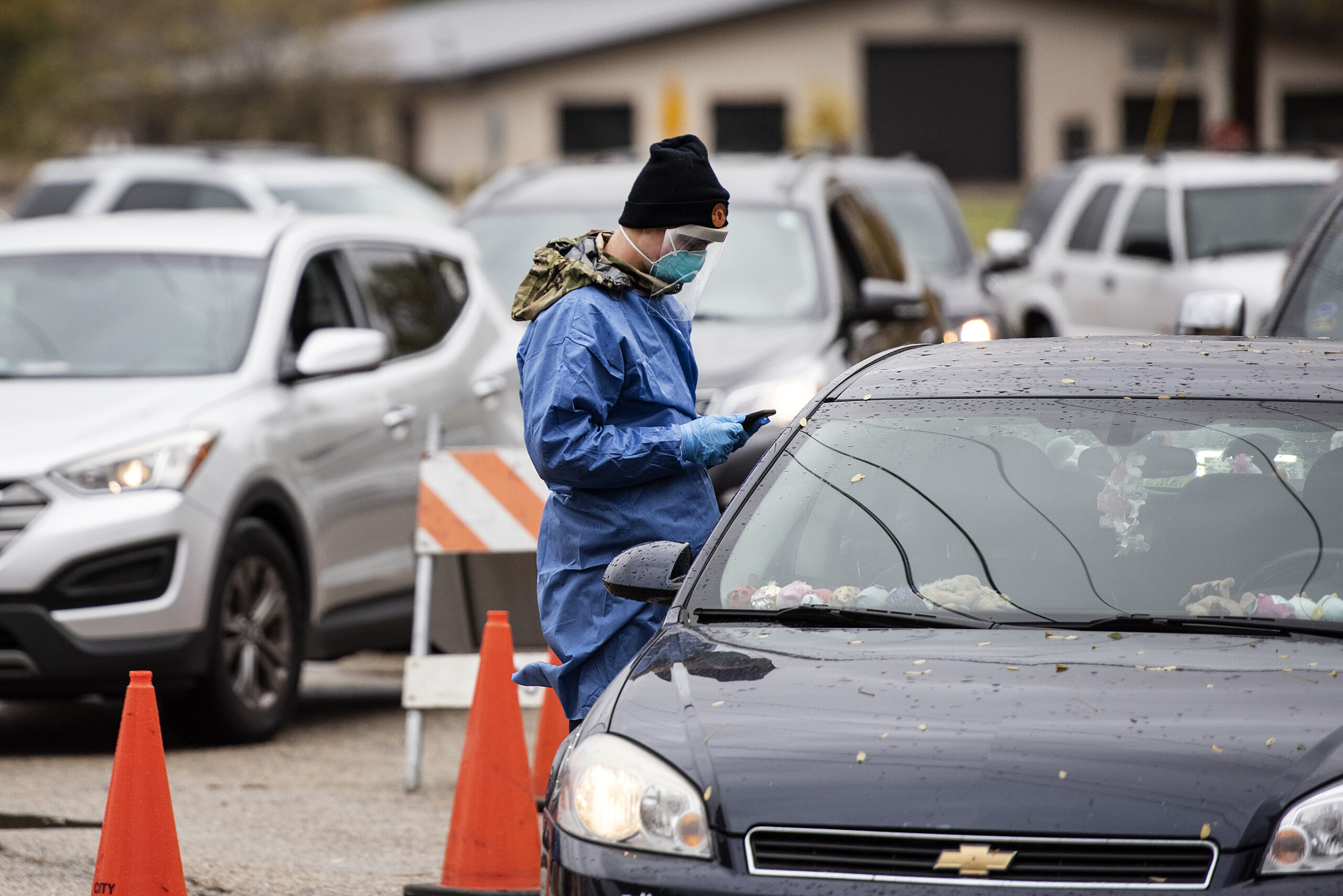
While this story was published at the very beginning of 2021, it’s one our audience has referred back to time and time again.
Inspired by WHYsconsin, this story hoped to answer lingering questions about how to quarantine when multiple people in a household test positive for COVID-19 at different times.
Dr. Jeff Pothof, UW Health’s chief quality officer, said it can be confusing, but provided the following advice:
For people who have COVID-19, their isolation applies to them, and then they probably don’t have to worry as much about other people in the house that may get sick later. So if I’m person A and I have COVID-19, I’m isolated and I’m going to isolate probably for seven to 10 days, I have to be fever free at that point, and then I’m done.
At that point, if person B then developed COVID-19, say four or five days after you get it, they were quarantining, but now they’re isolating. Person A wouldn’t need to isolate for the duration of person B’s isolation.
With cases of COVID-19 surging across the state, Wisconsinites will likely be dealing with the stressors of quarantining well into the new year, making this top story a frequent read.
3. Updated: Aaron Rodgers is ‘immunized’ against COVID-19 but he’s ‘not going to judge’ teammates who aren’t
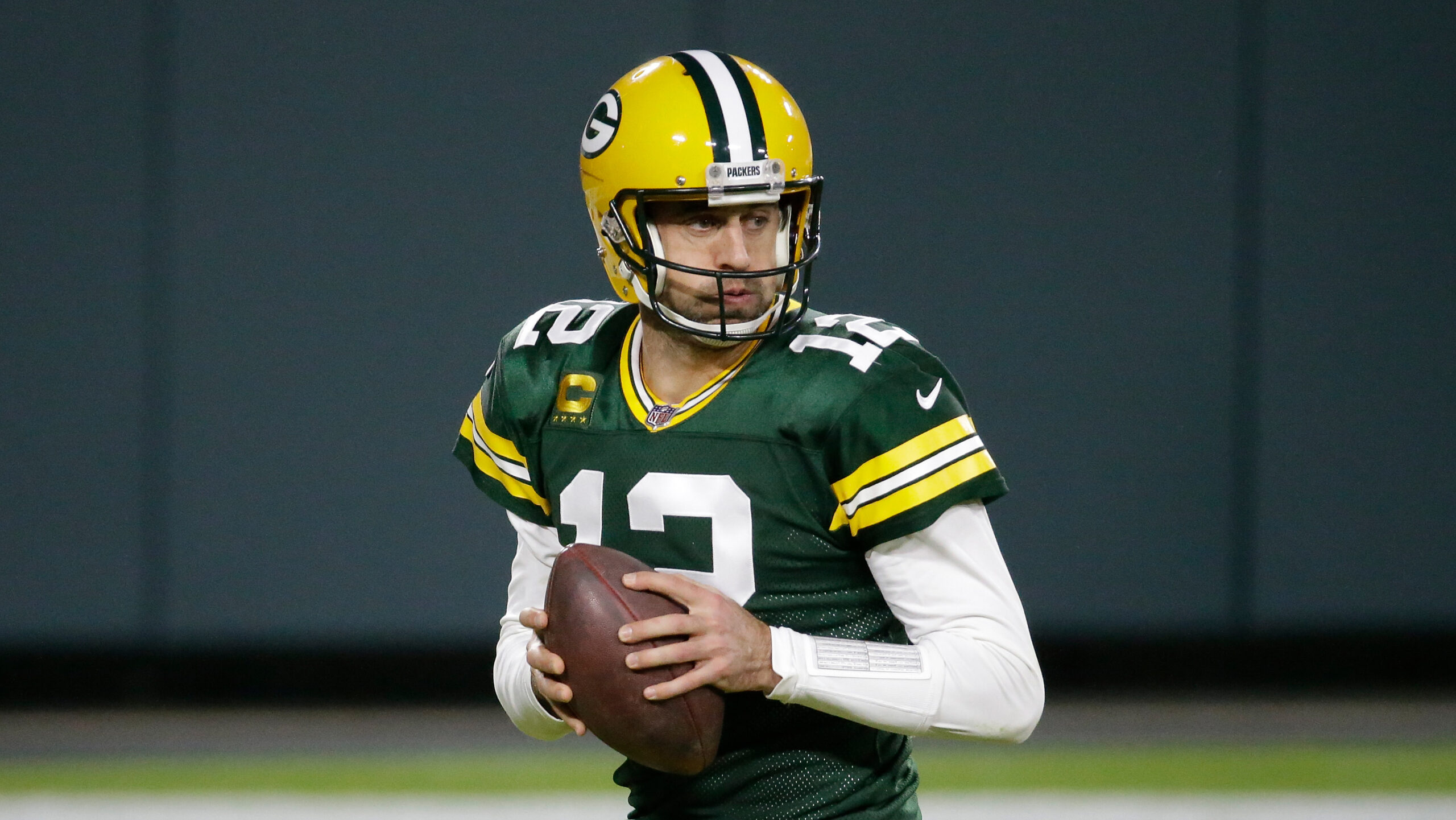
This storyline was a wild ride.
On Nov. 3, the NFL Network reported Green Bay Packers quarterback Aaron Rodgers tested positive for COVID-19 and is unvaccinated.
But that sparked a lot of questions, like: “Wait, didn’t Rodgers say he’s vaccinated against COVID-19?” “Is this a breakthrough case?” “What symptoms is he having?”
Back at an August news conference, Rodgers was asked if he’d been vaccinated. This is the story that caught the attention of a lot of you.
Rodger’s exact response to the question on being vaccinated?
Yeah, I’ve been immunized. There’s a lot of conversation around it around the league and a lot of guys who have made statements and not made statements, owners who have made statements. There’s guys on the team who haven’t been vaccinated. I think it’s a personal decision. I’m not going to judge those guys. There’s guys who have been vaccinated who have contracted COVID. It’s an interesting issue that I think we’re going to see played out the entire season.”
When news broke that Rodgers was out with COVID-19, Packers head coach Matt LaFleur declined to comment on Rodgers’ vaccination status. When he was asked if the quarterback misled fans, LaFleur said, “That’s a great question for Aaron.”
Rodgers later told “The Pat McAfee Show” he sought alternative treatments to COVID-19 vaccination because he’s allergic to an ingredient in two of the Food and Drug Administration-approved shots. He did not disclose what that ingredient was.
The NFL protocol requires a player who is vaccinated to get two consecutive negative tests after a positive test in order to return to the team. If a player is not vaccinated, they’re required to quarantine for 10 days.
While Rodgers was out, the Packers lost to the Kansas City Chiefs, 7-13.
The Packers, Rodgers and wide receiver Allen Lazard were fined for violating COVID-19 protocols. Prevea Health, a major Wisconsin health care company, ended its nine-year partnership with Rodgers the day after he appeared on “The Pat McAfee Show.” The statement announcing the decision encouraged people to get vaccinated against COVID-19.
4. CDC: UW antigen tests missed nearly 59 percent of COVID-19 cases among asymptomatic individuals
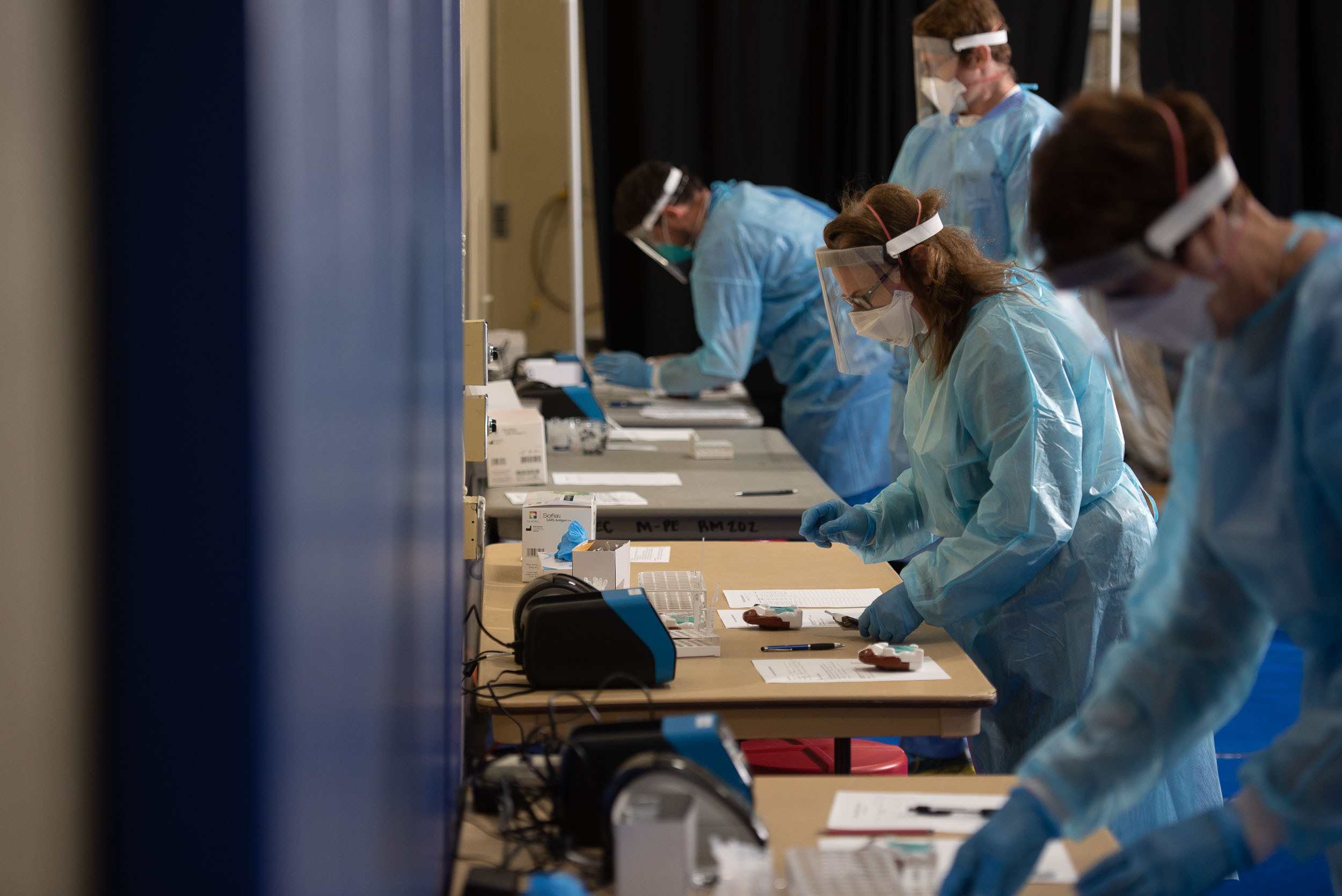
As COVID-19 tests were developed and in high demand at the beginning of the pandemic, our audience turned out in droves to learn more about the accuracy of the different tests available.
A study by the Centers for Disease Control and Prevention looking at rapid antigen COVID-19 tests used at almost all University of Wisconsin System campuses found the tests missed 20 percent of positive cases among those showing symptoms. For asymptomatic individuals, the tests missed nearly 59 percent of positives.
Between Sept. 28 and Oct. 9, the CDC compared more than 1,000 pairs of nasal swabs collected at UW-Oshkosh and UW-Madison to compare results from rapid antigen tests and PCR tests — which are highly accurate, but cost more and take longer to process.
One thing the study did find was that the rapid tests were close to 99 percent accurate when identifying negative cases, Kimberly Langolf, UW-Oshkosh director of Risk and Sponsored Programs, said.
But Dr. Omai Garner, director of Clinical Microbiology for the UCLA Health system in California, said campuses shouldn’t rely on antigen tests.
“I think what this data says is that if the sensitivity is as low as 40 percent, potentially you need to be following up with all of your negative tests with a PCR,” he said. “So now, if your strategy is to follow up both positive and negative testing with the PCR, well, then why don’t you just start with a PCR?”
5. Wisconsin DWD begins issuing $300 unemployment supplement

Unemployment was, and still is, at the top of mind for many Wisconsinites.
This story from January announcing $300 unemployment insurance supplements were being issued was welcome news for workers “who have bore the brunt of the COVID pandemic,” as Amy Pechacek, state Department of Workforce Development secretary, said.
The supplement, known as Federal Pandemic Unemployment Compensation, added $300 a week onto an unemployment recipient’s state-level benefits. In Wisconsin, state-level unemployment benefits average about $290 a week and max out at $370.
The announcement came nearly three weeks after then President Donald Trump signed the new benefits into law as part of the second round of federal coronavirus relief.
In a previous iteration of the program passed under the first round of federal coronavirus aid, the supplement was $600 a week.
6. DWD Hopes To Start Paying New $300 Unemployment Supplement In ‘Next Few Weeks’
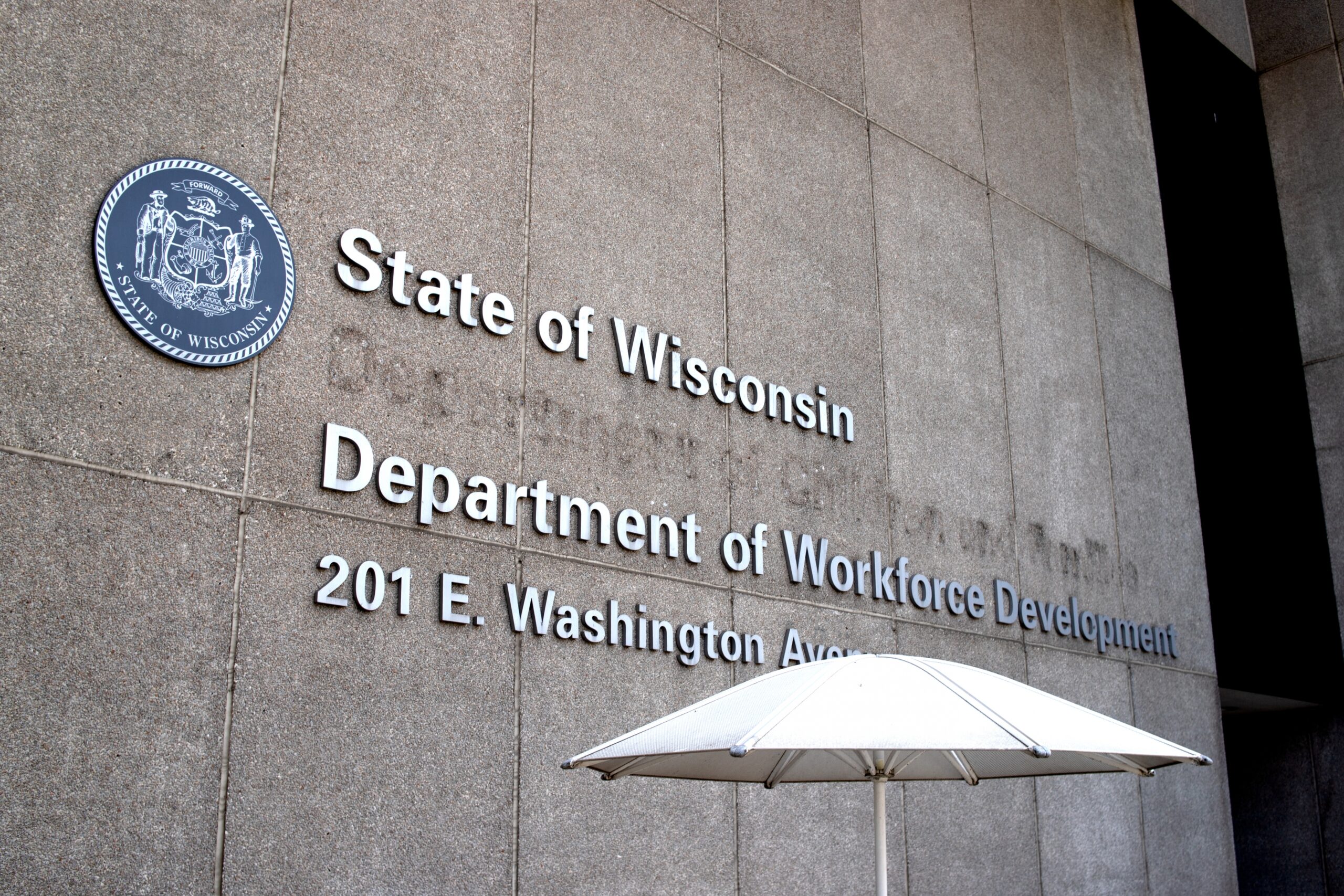
Ten days before the DWD announced it began issuing $300 unemployment insurance supplements, officials gave an updated timeline on those payments.
In early January, DWD officials said they aimed to start issuing the supplement, known as Federal Pandemic Unemployment Compensation, or FPUC, to recipients “within the next few weeks.”
At the time, DWD spokesperson Grace Kim cautioned that timeline was subject to change based on new guidance the department could receive from federal officials and if any technical issues come up.
FPUC was one of three unemployment programs created by Congress in March 2020 as part of the first coronavirus aid bill.
Without federal aid, many unemployment recipients have fallen behind on bills, had to rely on food pantries and experienced deep and persistent stress over their financial well-being, according to multiple interviews by with those receiving unemployment.
Tessa Conroy, an expert in regional economics at the UW-Madison’s Department of Agricultural and Applied Economics, said at the time that the extra unemployment aid will be particularly impactful for low-wage earners who have been among the hardest hit by the downturn.
“We’re maybe looking at a community of people who don’t have a lot of savings to begin with, so when they get this money it’s really important for meeting their day-to-day expense needs,” Conroy said.
7. ‘Mom, I can smell your coffee’: After vaccinations, some COVID-19 long-haulers see improvements
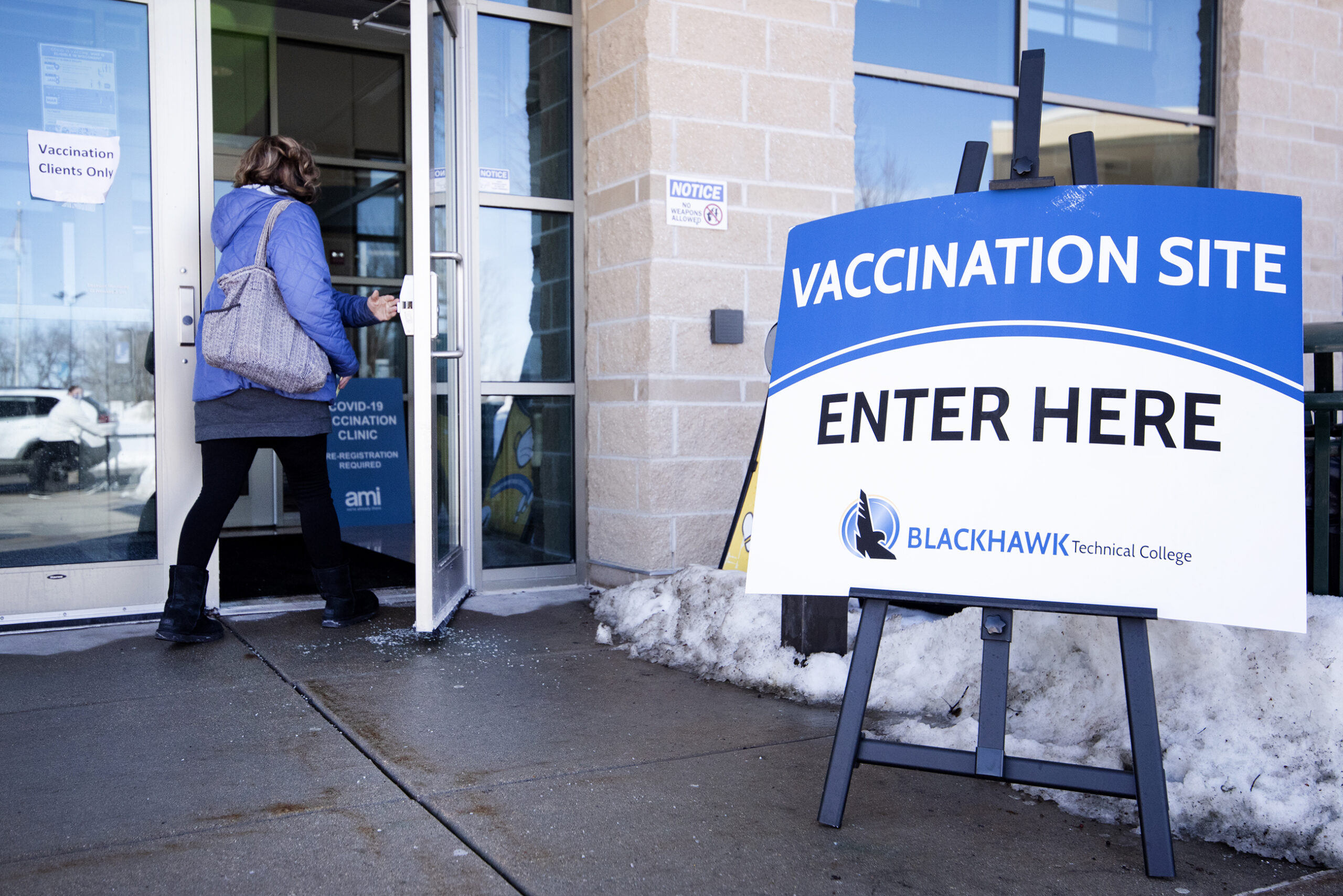
Dixie Burbank is one of the roughly one-third of COVID-19 patients for whom some symptoms of the disease don’t go away. For her, that meant persistent fatigue, intermittent loss of taste and smell, and an odd numbness and tingling in her right hand.
With research ongoing and treatments just being discovered to treat those with long-haul COVID-19, some found hope in getting vaccinated — which in some cases seemed to trigger improvements in people’s conditions.
At the time this story was written, researchers said it was too soon to draw any firm conclusions, but after months of frustration and confusion around the new chronic condition, many we’re relieved when the vaccine looked to be the beginning of the end of their long hauls.
“I’m hoping maybe it will just finally subside and go away,” Burbank, 61, of Lodi, said the day after she got her second vaccine dose.
8. DWD unable to say when new unemployment benefits will be set up for PUA, PEUC
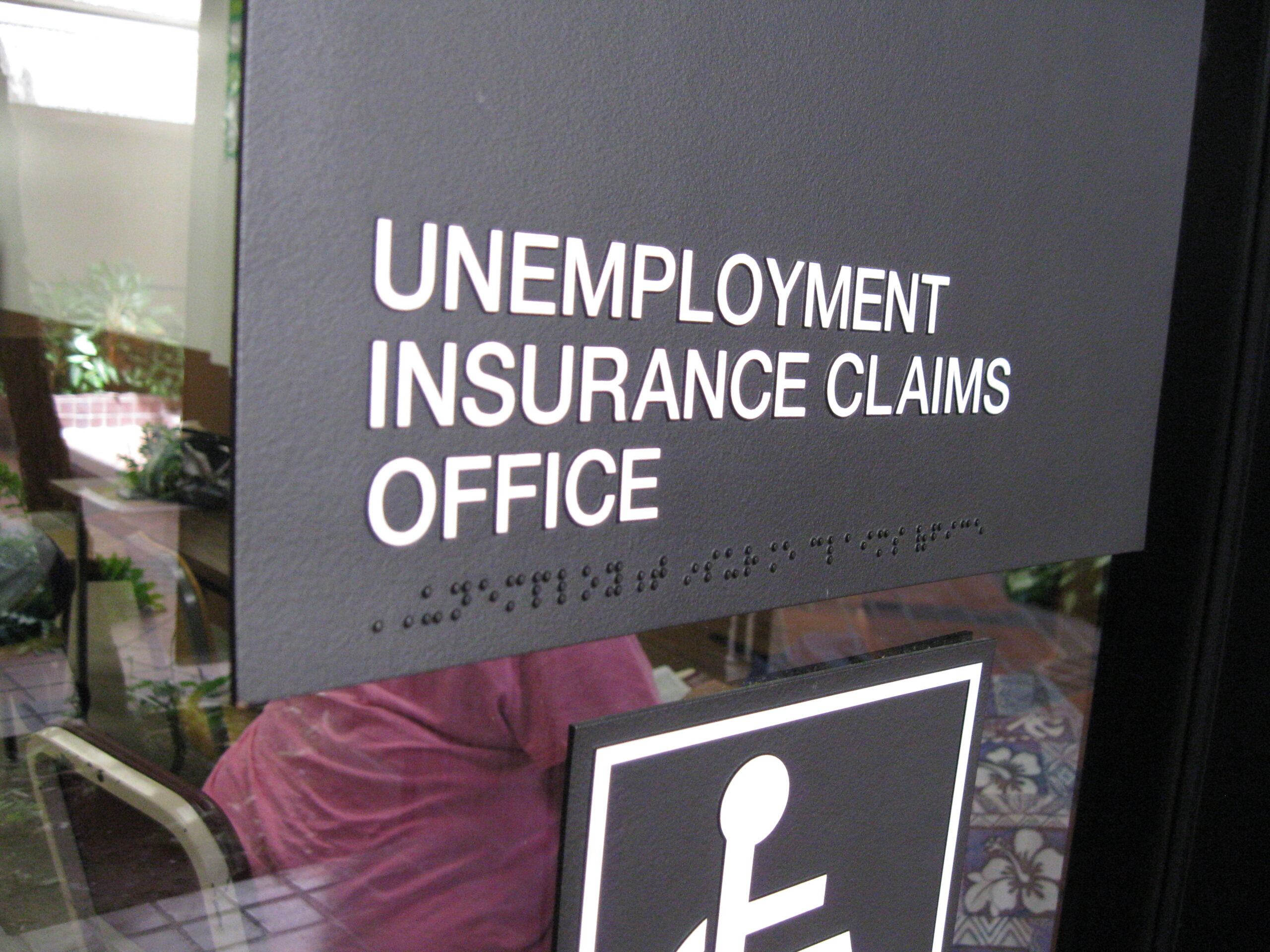
The pandemic had a devastating effect on businesses and particularly, employees. While local, state and federal officials enacted a number of measures to help workers contend with economic fallout and financial hardships, many continued to struggle in 2021.
Good news might have come for some when Congress passed changes in late 2020 to the second round of coronavirus relief legislation.
The changes would make recipients of two federal programs eligible to receive up to 11 weeks of additional coverage. For Pandemic Emergency Unemployment Compensation, or PEUC, recipients, they would get more time on top of the 13 weeks the program initially granted, for a total of 24 weeks of benefits. For Pandemic Unemployment Assistance, or PUA, recipients who usually aren’t eligible for unemployment like self-employed and contract workers, they would receive additional benefits, up from the original 39-week maximum to 50 weeks total.
The problem detailed in this story was that some out-of-work Wisconsinites tried to get the new benefits but hit roadblocks. DWD officials warned of delays caused by having to program changes, a process they said was made slower by its old computer system.
Kim, the DWD spokesperson, said the department does “not have a date to supply at this time” for when that new programming will be completed, adding that the department is working to deploy the programs “as quickly as possible.”
9. Central Wisconsin meat shop sues Biden administration over employee mask requirement
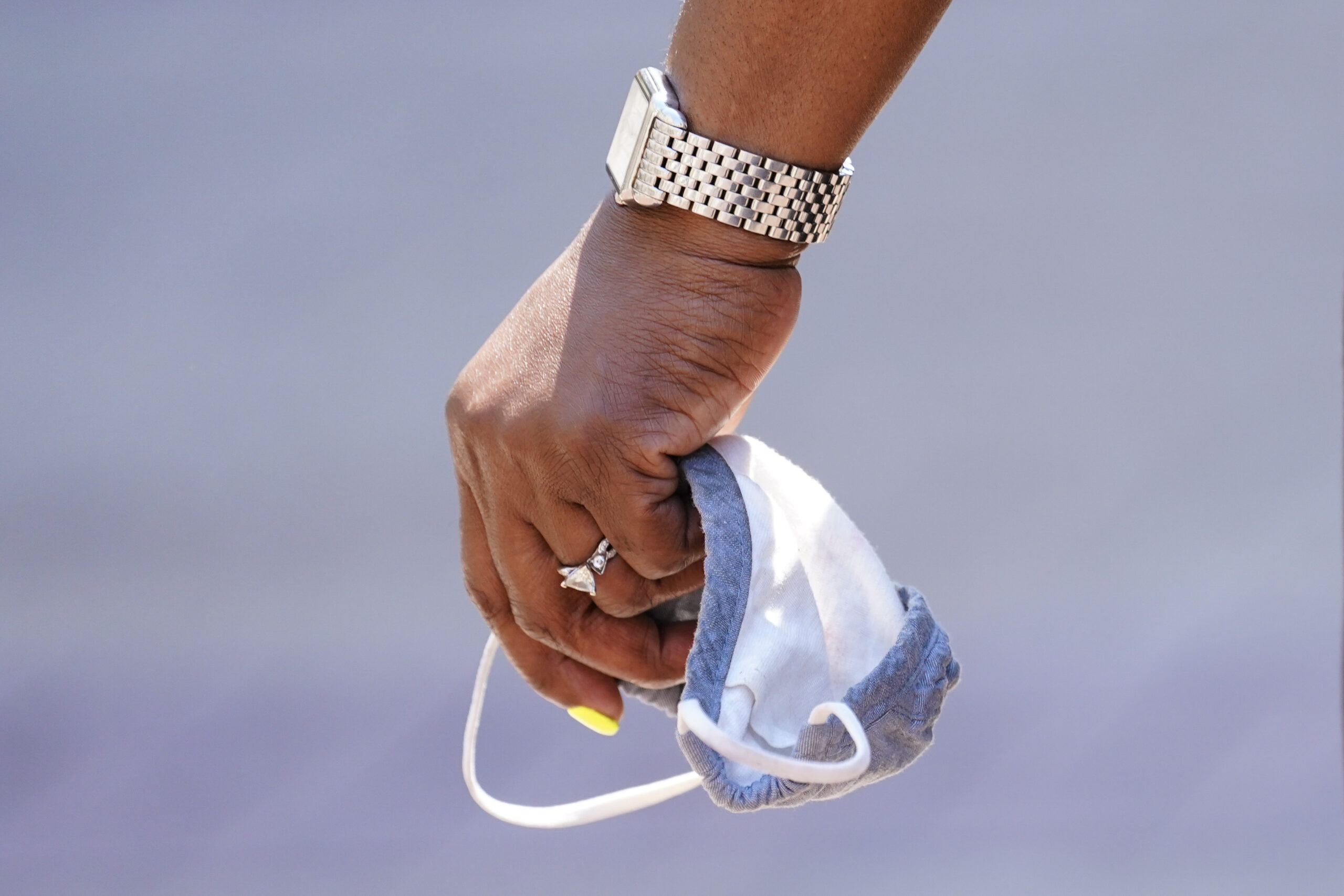
Unsurprisingly, government response to the ongoing pandemic continued to be a hot-button issue. With a deeply divided electorate, many looked at various attempts to thwart or blunt the spread of COVID-19 through public policy measures through a partisan lens. Some saw these actions as necessary measures to safeguard public health while others believe these efforts are overly burdensome, ineffective or undercut civil liberties.
An example of this is a central Wisconsin meat shop that filed a suit against the Biden administration after the business was penalized for failing to require its employees to wear masks.
Nolechek’s Meats of Thorp filed a complaint in federal court arguing that a food-inspection arm of the U.S. Department of Agriculture exceeded its authority when it issued a mask requirement in August to businesses its inspectors enter as part of their work.
The company is family-owned and has nine employees. They told USDA regulators that it wouldn’t comply with the requirement. The owners of the shop said they did this, in part, “out of respect to their employees’ individual discretion and autonomy to make their own health choices,” according to the complaint.
“We decided to respect our team members’ wishes and not require them to wear masks,” owner Lindsey Fox said. “The decision is left up to the individual, and we don’t feel it is our job as a business owner to police that.”
The USDA has contended that its policies wouldn’t permit their inspectors into the shop, which would mean revocation of Nolechek’s federal “Mark of Inspection” status. This allows the shop to sell its products wholesale, and threatening to wipe out about 25 percent of Nolechek’s revenue, Fox said.
10. Medical examiner gives graphic testimony on injuries that killed Rittenhouse shooting victims

Alongside the pandemic, another national storyline has been playing out in stories about racial justice and civil rights protests.
On Aug. 23, 2020, a Kenosha police officer shot Jacob Blake, a Black man. The shooting, just a few months after nationwide racial movements following the killings of George Floyd and Breonna Taylor, was a catalyst for another series of protests in Kenosha and elsewhere.
Kyle Rittenhouse arrived in Kenosha, coming from Illinois, on Aug. 25, 2020. Amidst the chaos of the protests, Rittenhouse, with an AR-15 rifle, shot and killed Joseph Rosenbaum, 36, and Anthony Huber, 26, and wounded Gaige Grosskreutz.
Rittenhouse’s lawyers argued the shootings were in self-defense. The trial lasted from Nov. 1 until Nov. 19, when Rittenhouse was acquitted of all charges.
There were hundreds of articles floating online throughout the trial, but a couple made this year’s list of WPR’s most-read stories. This first one comes from the day the medical examiner who performed autopsies on Rosenbaum and Huber testified, detailing their fatal injuries for jurors.
Doug Kelley, deputy chief medical examiner for Milwaukee County, said Huber died from a single gunshot wound to his chest that caused blood loss and extensive trauma to his heart and lungs. He said Rosenbaum suffered multiple gunshot wounds to his groin, hand, thigh and back — the gunshot wound to the back being the lethal injury, with the bullet hitting Rosenbaum’s lungs and liver.
The testimony was accompanied by graphic photos of the fatal injuries shown to the jury, including a gunshot wound to Rosenbaum’s head and a bullet hole in his back.
Editor’s note: Alyssa Allemand, Andrea Anderson, David Hyland and Jenny Peek contributed to this story.
